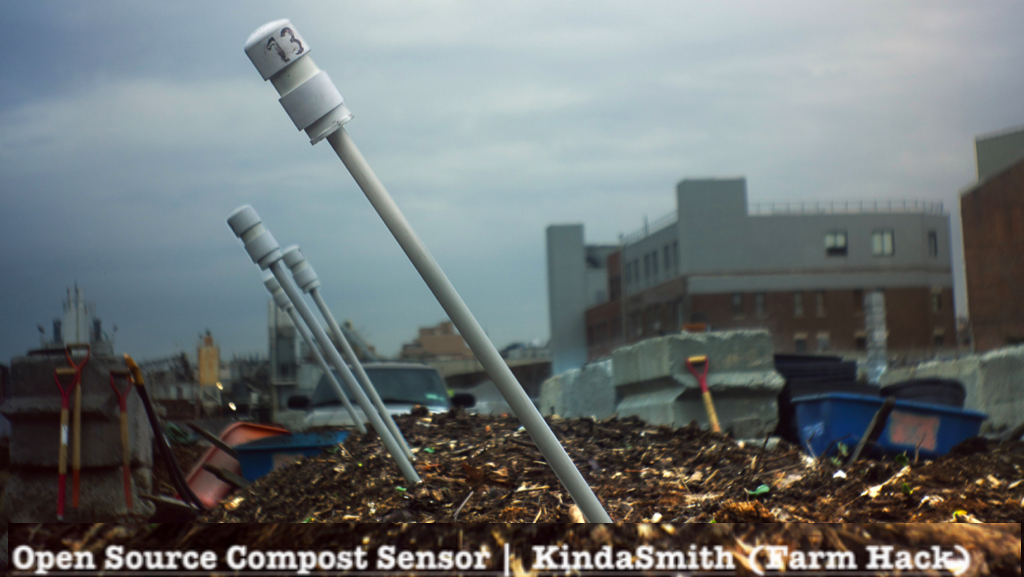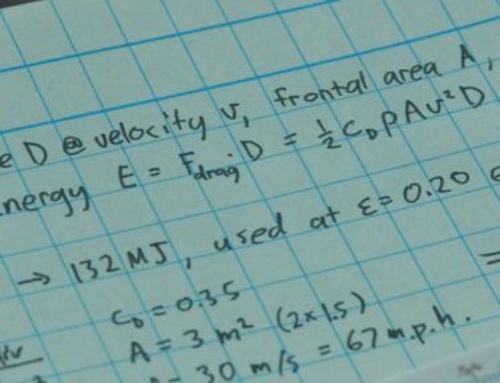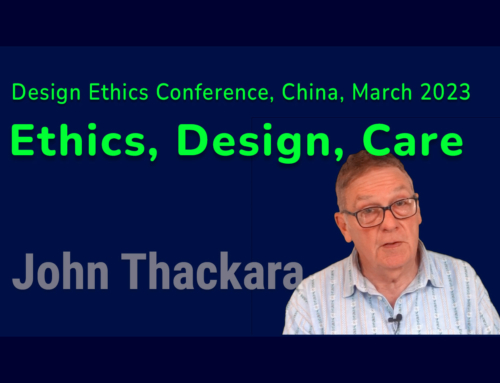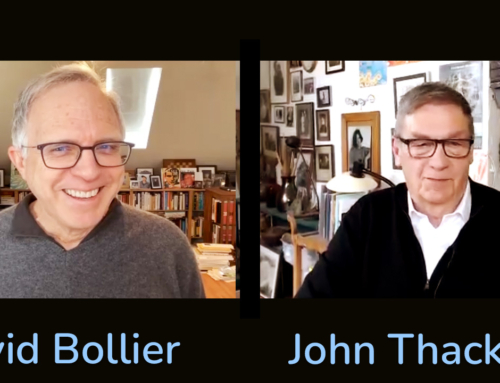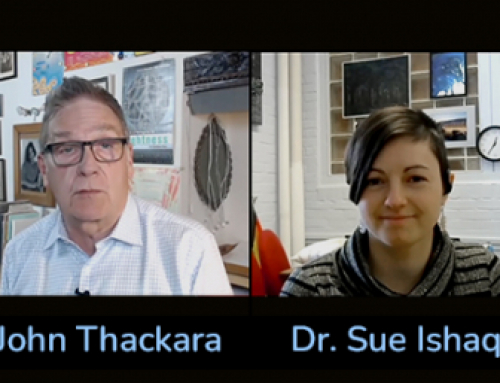On the occasion of my lecture (with the above title) at the Design Museum of Barcelona, during the Victor Papanek exhibition, I was interviewed about relational design, the potential for social and ecological transformation, and the mixed blessings of terms such as ‘future’ or ‘resilience’
Q: You define yourself as a bioregional designer. What does this mean?
JT: During my professional career, I’ve been trying to understand why all the arguments about the damage we’re doing to the planet have never stuck. What I’ve understood is that we had been having discussions in a very abstract sense about words such as ‘sustainability’, which don’t necessarily touch us in our daily lives. There’s a metabolic gap between the natural and the man-made world. Because of this split, we’ve been able to carry on being told the world is in sick condition, but not really feeling it was our responsibility. This is where the subject of a bioregion comes in. Place has a power to connect people to the reality of the situation and to provide a context for networking with people that we would otherwise disagree with. Bioregion is an alternative to all those abstract words, I use it to provoke people to ask “How can we make our place healthier, and have a better future?”.
Q: Your last book, How to Thrive in the Next Economy: Designing Tomorrow’s World Today, looks into a future economic scenario. What is the role of design?
JT: It is diverse, but has a certain common thread: design is more about relationships between people than it is about products. The kind of practice present in all those projects is how we organize a food system or address a mobility situation by working together. Most of the designers I’ve met have made the decision to do their practice in ways that leave the world as a better place. This is quite a big dividing line because many people were dissatisfied with their projects, and said “let’s do as little harm as possible”.
Q: In the 70s, Victor Papanek focused his debate on the power of the social transformation of design. How are designers assuming this responsibility?
JT: A lot of designers are nervous about taking on social transformation in a very explicit way. Social transformation is a byproduct of a project that wants to leave the world healthier. One needs to have a relationship with the place. In the past, we saw places as a source of raw materials or somewhere to build a building on, without thinking too much about the consequences of the life that is already there. It’s not about designers taking the lead and telling other people how to live, but about enabling people to relate to each other and to meet their needs in different ways.
Q: Is contemporary design effective enough to make a better future possible?
JT: Contemporary design is very diverse. Some people just choose to ignore any negative consequence of their work as a designer, because they think it’s maybe somebody else’s job or it’s outside their responsibility. Whereas in China, for example, many designers are saying “no, we don’t want to just manage the situation, but to improve it”. This is not to be critical about people taking a more mainstream or business approach, it’s just that there are different approaches within the design world.
Q: Is transformation a real or empty term?
JT: The word ‘transformation’, like ‘sustainability’ or ‘transition’, sounds kind of abstract and perhaps uncontroversial. I don’t think designers should just use the word without reflection, because I’m not sure that any of us has the right to transform somebody else’s life without them being part of the process. In design terms, transformation is the difference between creating condition for change to happen and imposing what they think are the right solutions. I am from the first side.
Q: How can design pave the way for change then?
JT: In the 1970s Victor Papanek talked about designing for the real world rather than for an imagined one. The real world, the closer you get and the more attention you pay, is much richer, complex and exciting. Once you turn the attention to life thriving, there is an incredible amount of things to learn and understand, and it is an opportunity for design to be part of that understanding.
Q: You also stopped using the word ‘future’. Why is that?
JT: Because it diverts our attention from the possibility to be active in things that already exist. I understand that design has been driven as an ecosystem by visions of the future for many years. But when you think things could be made different, particularly in an abstract or utopian way, you tend to overlook and devalue the things that are already there. Future will emerge from people finding ways to feed themselves, to look after the land and to move from one place to another. I am no longer futurist, but presentist, and I am actually optimistic, because an incredible amount of creativity and innovation is happening.
Q: What are the consequences of having used those words for such a long time?
JT: We’ve dug up resources that are finite and destroyed living systems in order to replace them with something that started in our imagination. That’s the metabolic rift in action, if you think about the product in isolation and not about its impact on somewhere in the world.
Q: What remains to be solved?
JT: There’s not one big question, but 101 practical problems to be solved. For example, a farm in transition from an industrial to an ecological agriculture requires the farmer to have a different relationship with the people who may be eating the food he grows. Creating that relationship is a service, and all these connections need to be designed, so there’s a gigantic amount of work for designers to do.
Q: We are on the threshold of a new economic crisis. Is sustainable design the magic formula to stop this scenario, or is it too late to find hope in it?
JT: Sustainable design has never been a magic formula. People have hoped that it might be. Of course we are in an economic crisis, not a new one but a long-lasting one. If sustainable design is practiced as accepting our priority of not only making products but of finding ways to help places get healthier, we can be optimistic.
Q: You once said “we cannot grow to infinity in a finite world”. What do you mean?
JT: I’ve long been perplexed by the failure of the green movement to win the argument that we cannot grow to infinity. It seems to be an unanswerable question, but people then just ignore the question or rather carry on. What I say now is, of course the world will continue to grow and to change, but we have to focus on forms of healthy growth. The economy is measured and described only in terms of money, and growth is needed to survive. But what if we supposed money is just one measure of progress among many others, such as well-being? Maybe it’s more important for our children to be healthy than the economy to be bigger.
Q: How are communities transforming to reach a better economy?
JT: Communities are being confident in looking to their own resources and making solutions based on this rather than following an abstract rulebook. What to me is very inspiring is the sheer variety of ways we ourselves invented in the past. We don’t have to invent but to ask: “How did people make sure everyone had plenty to eat or that their kids were looked after? Can we therefore reinvent, modify or improve those historical systems using our tools?”.
Q: Do you think big consumer goods companies would ever be willing to assume a change in their production model, even if this meant more investment and less benefits?
JT: The word ‘consumer’ is basically the DNA of our economy. The business model of large companies is delivering the product or service for as high a price as possible, while spending as low a price as possible on resources. If the relationship is one of supplier and consumer, it will never be made completely healthy, because of this logic. There’s a gigantic gap between the cost of inputs and outputs, buying low and selling high. It’s very hard for consumer goods companies to make the switch from a transactional to a relational economy.
